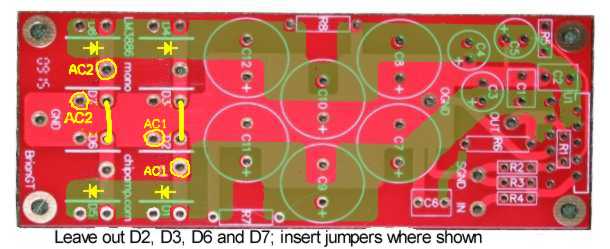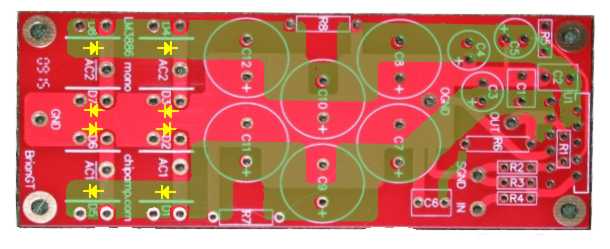The really big difference in SS output devices compared to tubes is that bipolar transistors can die from second breakdown in microseconds. Second breakdown happens when some of the junction area gets hotter than the areas around it, and that region conducts more, with a lower voltage than the other areas. This makes it hotter, and that makes it conduct more. The phenomena is sometimes referred to as "current hogging". Old simple-structure power devices could go into second breakdown and burn a shorted hole through the die more quickly than one could sense the runaway. Modern analog bipolars have intricate internal base-emitter structures to keep current hogging postponed as long as possible.
The sudden-death failures was one reason protection was developed - sense the threshold of sudden-death just a few microns from the edge, and stop it before the transistor dies. Tube failures generally have the advantage of being much slower.
As for temperature sensing, I remember reading in Duncan's book on power amps about the world having quit waiting for semiconductor makers to include a temperature sensing diode inside a power transistor so things like proper bias and temperature sensing could be done. Recently, Sanken and On Semi have introduced exactly this, power transistors with built in temperature sensing diodes on the chip so that you don't have to try to sense what the chip is doing from the thermal distance of the case of the chip, which was the best one could do before.
But I have yet to see any designs use this. Maybe the whole design community just gave up and won't look back. Which is sad. This could have been done in the 1970s.
The sudden-death failures was one reason protection was developed - sense the threshold of sudden-death just a few microns from the edge, and stop it before the transistor dies. Tube failures generally have the advantage of being much slower.
As for temperature sensing, I remember reading in Duncan's book on power amps about the world having quit waiting for semiconductor makers to include a temperature sensing diode inside a power transistor so things like proper bias and temperature sensing could be done. Recently, Sanken and On Semi have introduced exactly this, power transistors with built in temperature sensing diodes on the chip so that you don't have to try to sense what the chip is doing from the thermal distance of the case of the chip, which was the best one could do before.
But I have yet to see any designs use this. Maybe the whole design community just gave up and won't look back. Which is sad. This could have been done in the 1970s.





